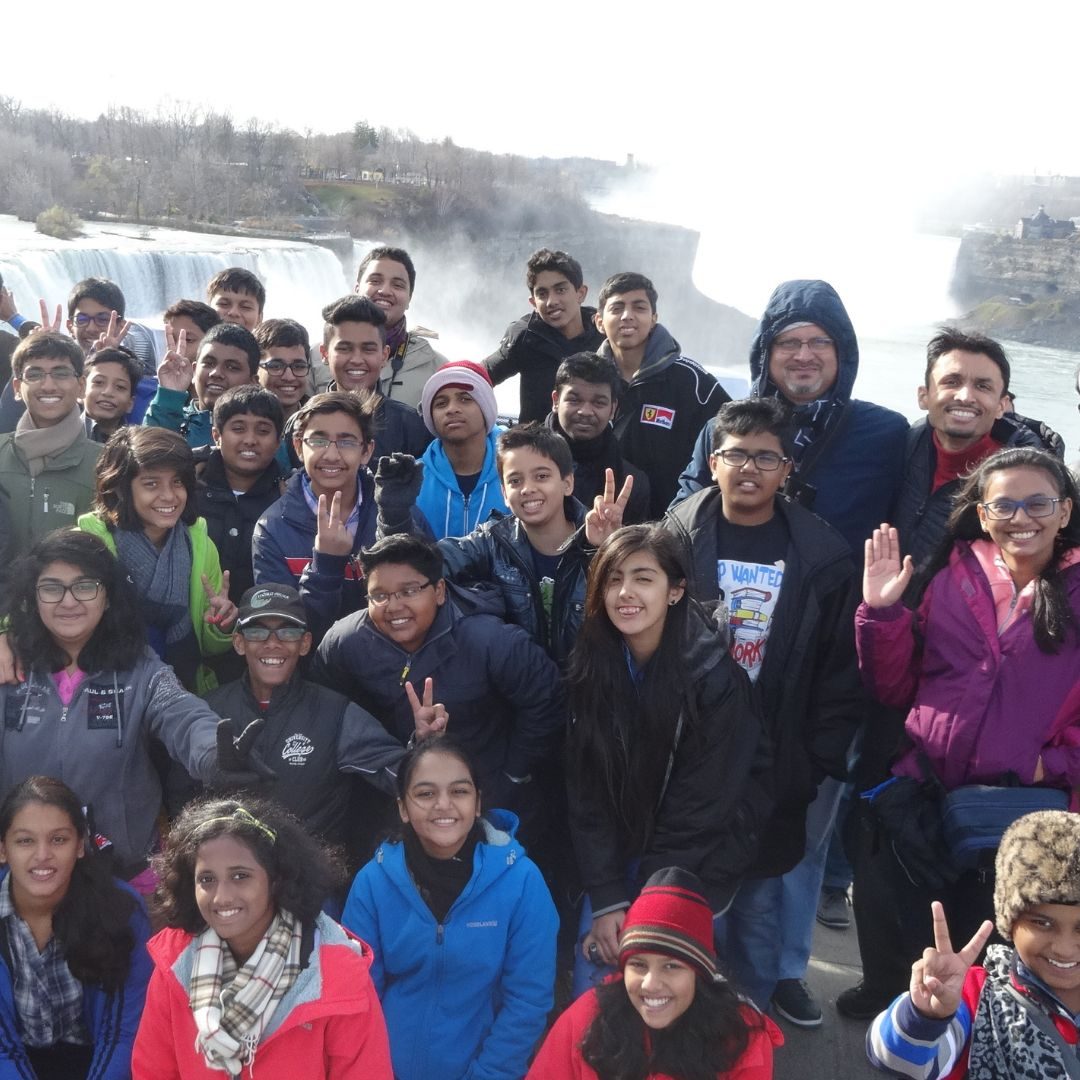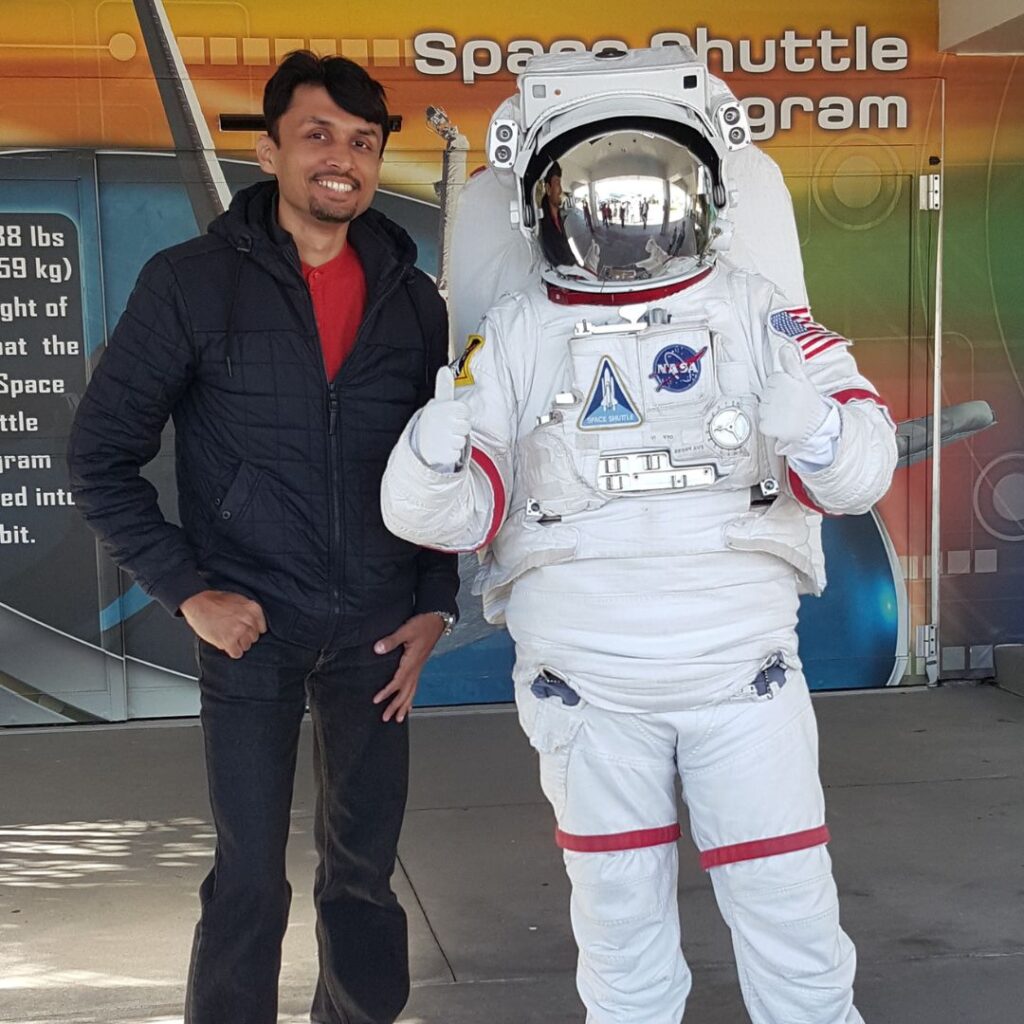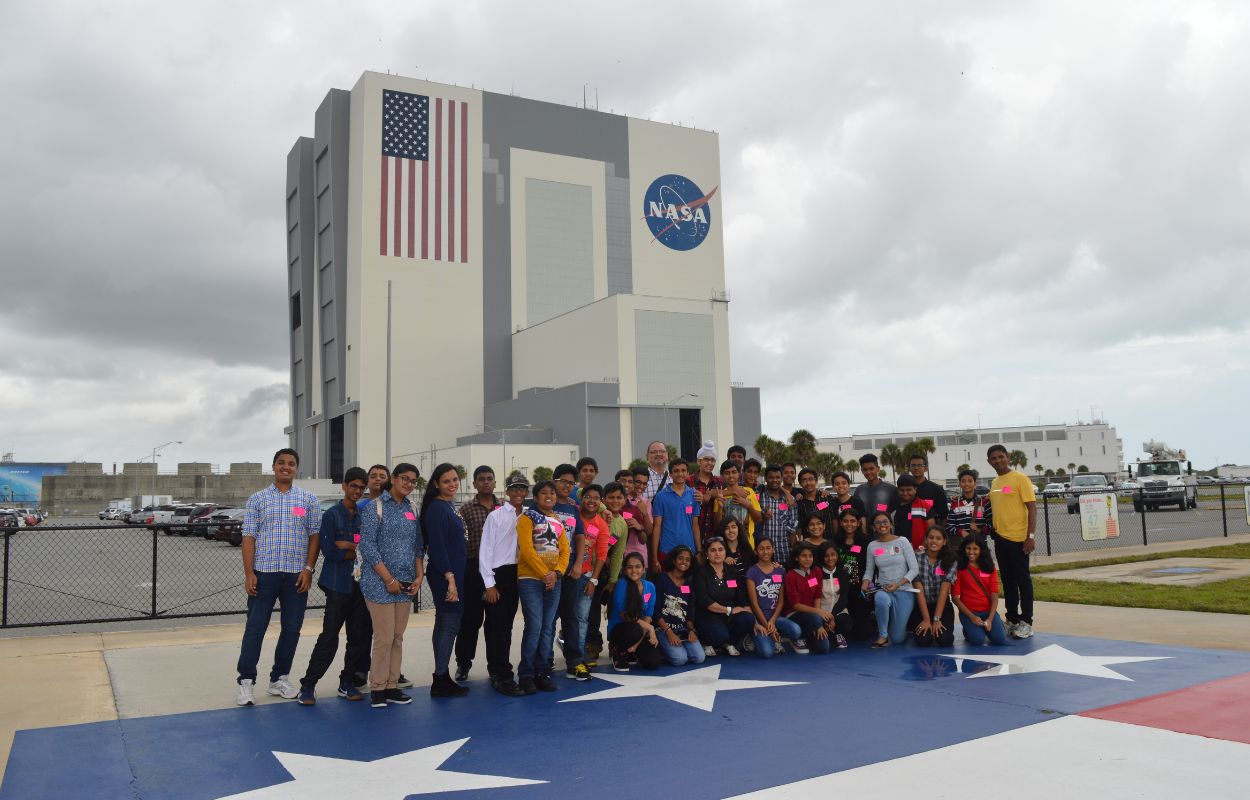EXPLORE BEYOND CLASSROOMS
Exposure to space in an enjoyable way. Give them experiential learning with memorable experiences



Inspiring curious minds to engage in their interest, open up to innovation, and push the boundaries of human explorations. Canopus nasa space camps and programs offer marvelous opportunities to get first-hand experience in space, science, and technology. Join the specialized space and STEM camps around the world including NASA space camp. Tours that not only support your curriculum but also let you understand the bigger picture with a practical approach.



Tours that offer unforgettable experiences to students. Let them interact, engage, and explore their world. Looking for an overseas space tour for students? Join the NASA Space Camp tour.
In each continent, these space institutions serve not only as engines of technological advancement and scientific discovery but also as educational pillars, inspiring and cultivating the minds of future generations. The collaborative nature of international space endeavors fosters cross-cultural understanding and cooperation, emphasizing the shared goal of unraveling the mysteries of the universe. As humanity ventures further into space, these institutions continue to play an integral role in shaping the future of space exploration and contributing to the collective knowledge of our place in the cosmos.



Exposure to space in an enjoyable way. Give them experiential learning with memorable experiences



In North America, the National Aeronautics and Space Administration (NASA) stands as a cornerstone of space exploration, with a multifaceted approach to advancing human understanding of the cosmos. NASA’s Johnson Space Center, located in Houston, Texas, is a hub for astronaut training and serves as the nerve center for mission control during spaceflights. The center plays a crucial role in shaping the skills and knowledge of astronauts who embark on space missions, ensuring their preparedness for the challenges of space travel. Meanwhile, the Kennedy Space Center in Florida is not just a launch site; it’s a symbol of America’s space ambitions. Renowned for launching historic missions, including the Apollo moon landings and space shuttle missions, Kennedy Space Center continues to be pivotal in human spaceflight endeavors. In California, the Jet Propulsion Laboratory (JPL) is at the forefront of robotic space exploration. Managed by NASA, JPL has been instrumental in numerous missions, notably the Mars rovers Spirit, Opportunity, Curiosity, and Perseverance. These missions have significantly expanded our understanding of the Martian surface and laid the groundwork for future human exploration.
Moving to South America, Brazil’s National Institute for Space Research (INPE) emerges as a celestial trailblazer, leaving an indelible mark on Earth observation and space science. Its unwavering commitment to environmental monitoring, climate research, and cutting-edge space technology positions INPE as a global leader in addressing the critical challenges of climate change. The Alcântara Space Center in Maranhão, strategically nestled near the equator, not only provides Brazil with a cost-effective advantage for launching satellites into diverse orbits but also serves as a testament to Brazil’s determination to be a prominent player in the global space community. As a pivotal launchpad for both domestic and international satellite missions, the center propels Brazil into the cosmic frontier, solidifying its influence in shaping the future of space exploration.
Within the European Union, the European Space Agency (ESA) stands as an epitome of collaborative brilliance, uniting 22 member states in a shared quest to transcend the boundaries of space exploration. At the core of this collective ambition lies the European Space Research and Technology Centre (ESTEC) in the Netherlands—a crucible of technological marvels crafted for celestial missions. Its contributions span the spectrum of satellite technology, planetary exploration, and scientific research, establishing Europe as a dominant force in the cosmic narrative. Complementing this, the European Space Operations Centre (ESOC) in Germany stands as the operational maestro, orchestrating ESA’s intricate satellite missions with unparalleled precision, ensuring the success of Europe’s ambitious ventures into the cosmos.
Turning to Asia, the Indian Space Research Organisation (ISRO) stands tall as a global powerhouse, achieving remarkable milestones in space technology and exploration. The Vikram Sarabhai Space Centre in Thiruvananthapuram, India, stands as a testament to innovation, where satellite systems are meticulously designed and tested. ISRO’s impressive portfolio includes the triumph of the Chandrayaan-2 mission, showcasing India’s prowess in lunar exploration. Across the border, China’s grand ambitions in space unfold under the meticulous guidance of the China National Space Administration (CNSA), with the Beijing Aerospace Command and Control Center serving as the nerve center orchestrating the nation’s audacious space endeavors with unwavering precision. As Asia continues to ascend in the global space arena, ISRO and CNSA stand as beacons of technological achievement, fostering a new era of space exploration and discovery.
In Africa, the South African National Space Agency (SANSA) stands as a celestial maestro, orchestrating the continent’s ascent to new cosmic heights. SANSA’s commitment to satellite development and space science is not merely a triumph for the nation but a symphony of African innovation resonating on the global stage. Engaged in international collaborations, SANSA amplifies Africa’s voice in the harmonious chorus of the global space community. Meanwhile, Nigeria’s Nigerian Space Research and Development Agency (NASRDA) embodies a saga of technological triumphs, launching communication and Earth observation satellites that propel the nation’s socioeconomic development into the cosmic realms. NASRDA’s endeavors symbolize Nigeria’s commitment to leveraging space capabilities as catalysts for progress and advancement.
In Australia and Oceania, the Australian Space Agency (ASA) emerges as a radiant star, illuminating the Southern Hemisphere’s path to becoming a formidable force in space exploration. The Australian Space Discovery Centre in Adelaide serves as an educational haven, not only captivating the public’s imagination but also nurturing the next generation of space enthusiasts. ASA’s commitment to fostering space capabilities positions Australia as a dynamic force in the evolving tapestry of the global space landscape. The Southern Hemisphere, once a frontier, now becomes a focal point for innovation and discovery, with Australia leading the charge into the cosmic unknown. Oceania, with its unique vantage point, embraces a collective vision that transcends borders, fostering regional collaboration and a shared commitment to exploring the mysteries of the universe.
Canopus has its mission set from the day one! It aims to educate students beyond education. Learning is the most important aspect of life we aim to add the essence of world wide learning in the students’ curriculum.
Copyright © 2024 Canopus Holidays, All Rights Reserved.